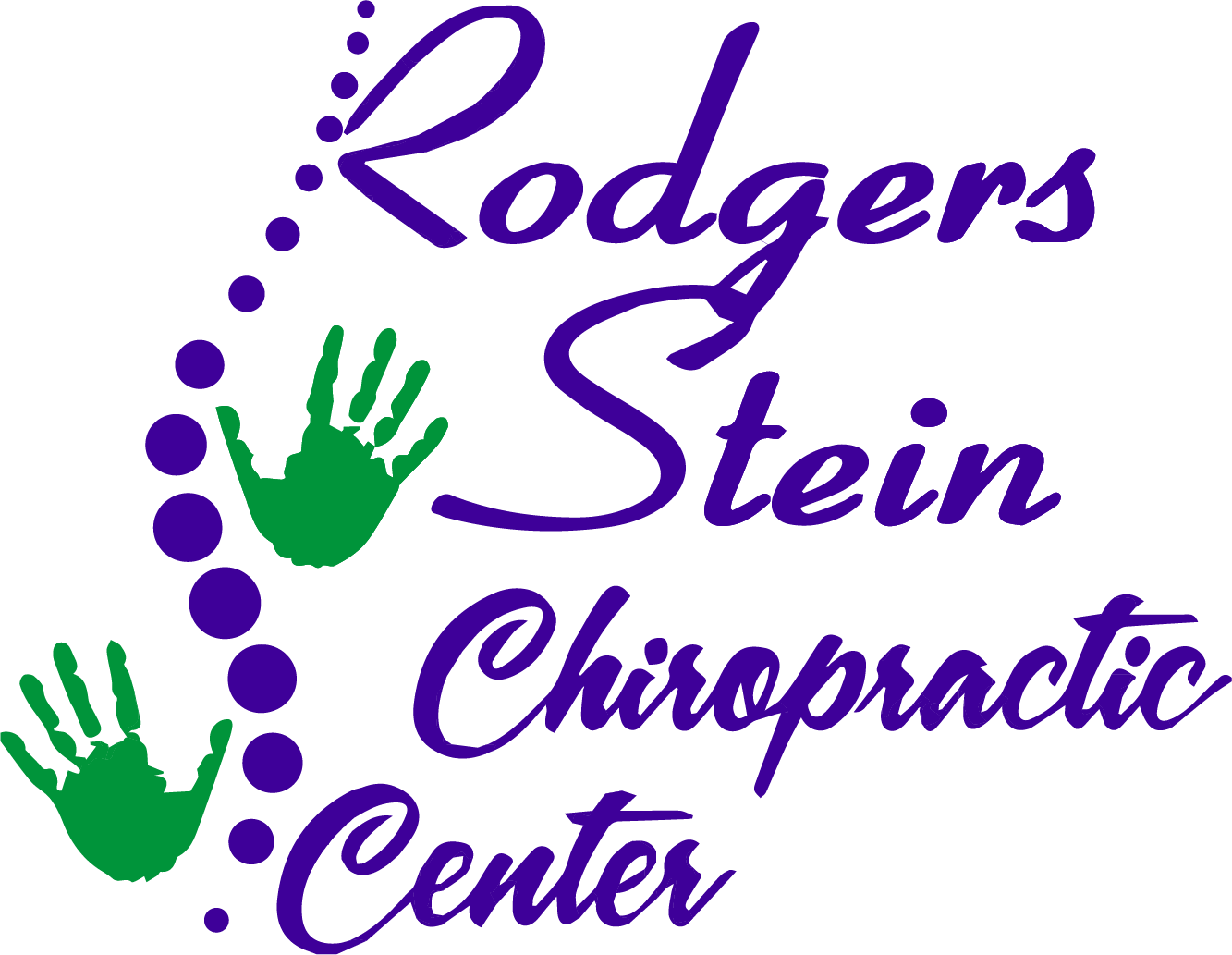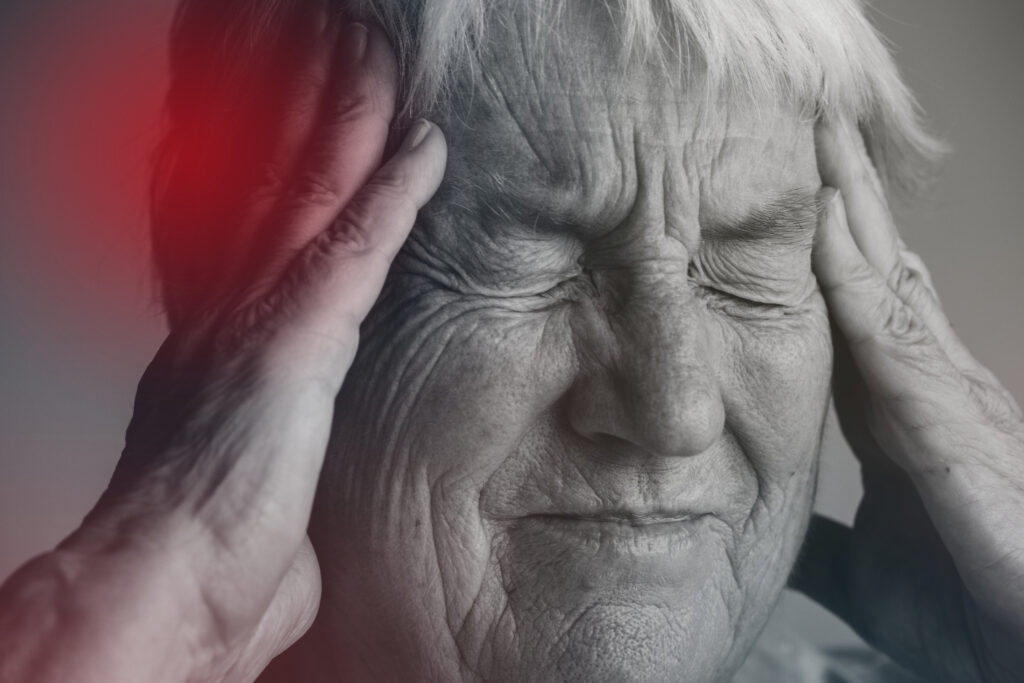If you're struggling with chronic back pain, you might be interested in exploring non-invasive solutions that can help you regain control of your comfort and mobility. From physical therapy that strengthens key muscles to acupuncture techniques that tap into your body's natural pain relief, there are several approaches worth considering. You'll also find that mindfulness practices can play an essential role in managing stress-related tension. But which of these methods truly stands out for long-term relief? Let's take a closer look at the options available to you.
Physical Therapy Benefits
Physical therapy offers numerous benefits for those dealing with chronic back pain. When you engage in physical therapy, you work closely with a trained professional who tailors a program specifically to your needs. This personalized approach guarantees that you're not just getting a one-size-fits-all solution. Instead, you're focusing on exercises and techniques that will help you regain strength and mobility.
One of the primary benefits of physical therapy is pain relief. By targeting specific muscles and improving flexibility, you can reduce tension and alleviate discomfort. You'll learn various techniques, such as stretching and strengthening exercises, that are designed to relieve pain and prevent future flare-ups.
Another key advantage is enhanced function. Over time, chronic back pain can limit your daily activities, but physical therapy helps you regain the ability to perform tasks you once enjoyed. You'll notice improvements in your posture and body mechanics, which contribute to better overall movement and functionality.
Additionally, physical therapy empowers you with knowledge. You'll gain insights into your condition, understanding what triggers your pain and how to manage it effectively. This education can be invaluable, as it helps you make informed decisions about your health and lifestyle.
Lastly, physical therapy encourages a holistic approach to healing. You'll be motivated to incorporate healthy habits, like regular exercise and proper ergonomics, into your daily routine, setting the stage for long-term relief and improved quality of life.
Chiropractic Adjustments
When it comes to managing chronic back pain, chiropractic adjustments can offer significant relief.
You'll discover a variety of techniques tailored to your specific needs, each aimed at restoring proper alignment and function.
Understanding the benefits of chiropractic care can help you make informed decisions about your pain management.
Benefits of Chiropractic Care
Chiropractic care offers a hands-on approach that can help alleviate chronic back pain through targeted adjustments. When you visit a chiropractor, you're not just getting immediate relief; you're also addressing the root causes of your discomfort. These adjustments can improve your spinal alignment, which may reduce pressure on nerves and enhance overall mobility.
One of the key benefits of chiropractic care is its non-invasive nature. You won't have to rely on medications or surgical procedures, which often come with side effects or lengthy recovery times. Instead, you can experience a natural and holistic approach to pain management.
Additionally, chiropractic care promotes better posture and body mechanics, helping you avoid future injuries. You'll likely notice improvements in your daily activities, from lifting and bending to sitting for extended periods.
Regular visits can also lead to long-term wellness, as chiropractors often provide personalized advice on lifestyle changes, exercises, and stretches tailored to your needs. This proactive approach empowers you to take control of your back health and enhances your overall quality of life.
Embracing chiropractic care could be a pivotal step toward a pain-free existence.
Techniques Used in Adjustments
While exploring the various techniques used in chiropractic adjustments, you'll find that each method is designed to restore proper alignment and function to the spine.
One common technique is the Diversified technique, which involves quick, precise thrusts to correct misalignments. This method often provides immediate relief and is effective for many patients.
Another technique is the Activator method, where a small, hand-held device delivers a gentle impulse to specific areas of the spine. It's particularly useful for those who may be apprehensive about traditional manual adjustments.
You might also encounter the Thompson technique, which utilizes a specialized table to assist in the adjustment process, allowing for a more comfortable experience.
The Gonstead technique focuses on detailed analysis and specific adjustments, often involving X-rays to tailor the treatment to your needs.
Finally, many chiropractors incorporate soft tissue techniques like massage or myofascial release to enhance the effectiveness of spinal adjustments.
Acupuncture Techniques
Acupuncture can offer significant relief from chronic back pain by targeting specific points in your body.
You'll want to explore various techniques to guarantee effective treatment while keeping an eye on safety and potential side effects.
Understanding these aspects will help you make informed choices about incorporating acupuncture into your pain management plan.
Acupuncture Benefits for Pain
When seeking relief from chronic back pain, many people find that acupuncture offers effective benefits. This ancient practice targets specific points on your body to stimulate energy flow and promote healing.
One major benefit is pain reduction. Research shows that acupuncture can release endorphins, your body's natural painkillers, helping you feel more comfortable.
Another advantage is its potential to reduce inflammation. By improving circulation and enhancing your body's immune response, acupuncture can help alleviate the swelling often associated with chronic back pain.
Plus, it encourages relaxation, which is essential when dealing with persistent discomfort. Many patients report feeling less tense and more at ease after a session.
Acupuncture also enhances your overall well-being. It can improve your sleep quality, mood, and energy levels, making it easier to cope with daily challenges.
You might even notice improved flexibility and mobility, allowing you to engage in activities you love without pain holding you back.
Techniques for Effective Treatment
Often, practitioners use a variety of techniques to enhance the effectiveness of acupuncture for chronic back pain. One popular method is the combination of acupuncture with electrical stimulation. By applying a mild electrical current to the needles, you can experience an intensified relief, targeting deeper muscle layers and triggering your body's natural healing processes.
Another technique is the use of trigger point acupuncture. This focuses on specific tight areas within the muscles that often contribute to pain. By directly addressing these points, you can find quicker relief from discomfort.
Cupping therapy is another complementary approach. When combined with acupuncture, it helps improve blood flow and reduces muscle tension, which can further alleviate your back pain.
You might also benefit from moxibustion, where practitioners burn a herb called mugwort near the acupuncture points. This method warms the areas, enhancing the overall effect of the treatment.
Lastly, adding gentle stretching or exercise recommendations can improve your flexibility and support the benefits of acupuncture. By integrating these techniques, you're likely to experience a more thorough approach to managing your chronic back pain effectively.
Safety and Side Effects
While acupuncture is generally considered safe, it's important to be aware of potential side effects and safety concerns. Most people tolerate acupuncture well, but some might experience mild side effects. These can include soreness at the needle sites, minor bruising, or slight bleeding. Such reactions usually resolve quickly and don't pose serious risks.
However, you should always choose a licensed and experienced acupuncturist to minimize any complications. Unsafe practices, like using unsterilized needles, can lead to infections or other adverse effects. If you have certain health conditions—like bleeding disorders or if you're pregnant—be certain to consult your doctor before starting treatment.
In rare cases, acupuncture can lead to more serious complications such as organ puncture or nerve damage, especially if performed incorrectly. It's essential to discuss your medical history with your acupuncturist to guarantee a safe experience.
Ultimately, while acupuncture can be a beneficial option for chronic back pain, staying informed about safety and side effects is key. By doing so, you can enjoy the benefits of this ancient practice while minimizing any risks.
Always listen to your body and communicate any concerns with your practitioner.
Mindfulness and Meditation
Mindfulness and meditation can be powerful tools for managing chronic back pain. By focusing your mind on the present moment, you can cultivate a sense of awareness that helps you better understand your body and its sensations. This practice not only helps reduce stress but also encourages relaxation, which can alleviate muscle tension often associated with back pain.
You don't need a lot of time or special equipment to get started. Find a quiet space, sit comfortably, and close your eyes. Start by taking slow, deep breaths. Focus on the rhythm of your breath and let distractions fade away. As you settle into this state, pay attention to how your body feels. Notice any areas of tightness or discomfort in your back without judgment. Acknowledging these sensations can empower you to respond more effectively to pain.
Incorporating mindfulness into your daily routine can enhance your coping skills. You might try short meditation sessions, gradually increasing their length as you become more comfortable. Techniques like body scans or guided meditations specifically designed for pain management can be particularly effective.
Moreover, practicing mindfulness outside formal meditation can help, too. Try to bring awareness into everyday activities—like walking or eating—focusing on how your body feels in those moments.
Over time, you'll likely find that this shift in perspective not only reduces your perception of pain but also improves your overall well-being.
Massage Therapy
Massage therapy offers a hands-on approach to alleviating chronic back pain. By targeting specific muscle groups, this technique can help release tension, improve circulation, and enhance flexibility. Whether you're dealing with muscle tightness, spasms, or overall discomfort, massage therapy can provide much-needed relief.
When you visit a licensed massage therapist, they'll assess your needs and customize the session to focus on your problem areas. Techniques like deep tissue massage, trigger point therapy, and myofascial release can effectively address the underlying causes of your pain. You'll likely find that regular sessions help maintain mobility and reduce recurring discomfort.
Not only does massage therapy provide physical benefits, but it also fosters relaxation. Chronic pain often leads to anxiety and stress, creating a cycle that exacerbates your back issues. During a massage, you can disconnect from daily stressors and allow your body to heal. The release of endorphins during a session can further improve your mood and reduce pain perception.
It's important to communicate openly with your therapist about your pain levels and any specific concerns. This dialogue guarantees you receive the most effective treatment possible.
Additionally, consider supplementing your massage therapy with exercises and stretches recommended by a healthcare professional to strengthen your back over time.
Incorporating massage therapy into your self-care routine can be a powerful tool in managing chronic back pain, allowing you to regain control and improve your overall quality of life.
Heat and Cold Therapy
Heat and cold therapy is a simple yet effective way to manage chronic back pain. Both methods serve different purposes and can greatly relieve discomfort.
When you apply heat, it helps relax and loosen tissues, improving blood flow to the affected area. This increased circulation can ease muscle tension and promote healing. You can use a heating pad, hot water bottle, or even take a warm bath to experience these benefits.
On the other hand, cold therapy is excellent for reducing inflammation and numbing sharp pain. By applying ice packs or a cold compress, you can constrict blood vessels, which helps to lessen swelling and block pain signals from reaching your brain. It's essential to wrap ice packs in a cloth to avoid skin damage.
Aim for 15-20 minutes of cold therapy at a time, allowing your skin to return to normal temperature between applications.
You might find it beneficial to alternate between heat and cold therapies. Start with cold therapy for acute pain, then switch to heat for muscle relaxation. This combination can help manage different aspects of your chronic back pain effectively.
Remember to listen to your body. If one method worsens your pain or doesn't provide relief, it's okay to try the other or consult a healthcare professional for advice tailored to your specific needs.
With consistent practice, heat and cold therapy can become valuable tools in your pain management toolkit.
Exercise and Stretching
Incorporating exercise and stretching into your routine can greatly enhance your ability to manage chronic back pain. Regular physical activity strengthens the muscles that support your spine, improving your overall stability and flexibility. When your muscles are strong and supple, you're less likely to experience pain from everyday activities.
Start with low-impact exercises such as walking, swimming, or cycling. These activities promote circulation and help reduce stiffness without putting too much strain on your back. Additionally, stretching exercises can notably improve your range of motion and alleviate tension in your muscles.
Here are some effective strategies to keep in mind:
- Core strengthening: Focus on exercises that target your abdominal and lower back muscles, which provide essential support to your spine.
- Flexibility routines: Incorporate stretches like the cat-cow stretch, child's pose, or hamstring stretches to enhance your flexibility and relieve tightness.
- Mind-body practices: Think about yoga or Pilates, which not only help with strength and flexibility but also promote relaxation and mindfulness, essential for pain management.
It's important to listen to your body and avoid any movements that exacerbate your pain. Working with a physical therapist can provide personalized guidance and help you create a tailored exercise plan.
Conclusion
Incorporating these top non-invasive solutions for chronic back pain can truly change your life. By embracing physical therapy, chiropractic care, acupuncture, and mindfulness techniques, you're not just managing pain; you're enhancing your overall well-being. Regular exercise and stretching will strengthen your body while massage and thermal therapies provide immediate relief. Remember, it's about finding what works best for you, so don't hesitate to explore these options and take control of your back pain journey!



